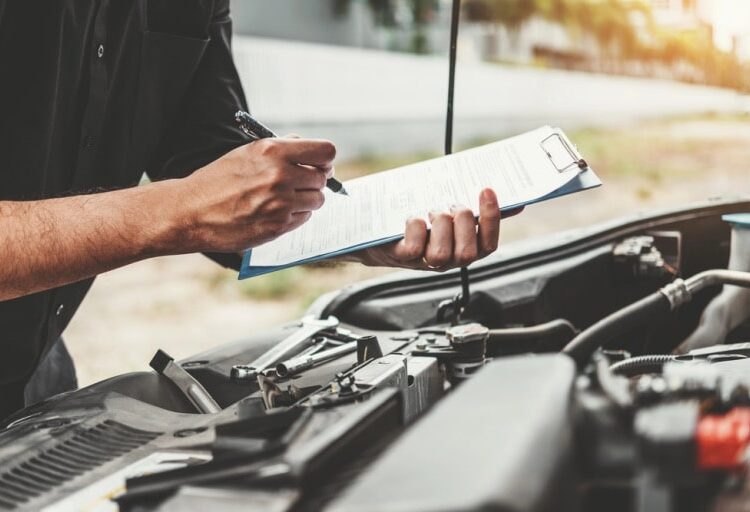In the dynamic and competitive landscape of Texas construction, ensuring prompt payment for your contributions to a project is crucial. Yet, disputes and unforeseen delays can leave contractors and suppliers vulnerable to financial strain.
In the construction industry, many contractors and subcontractors work diligently to complete projects on time and within budget. However, despite their best efforts, sometimes it can be challenging to receive timely payments for their services.
When faced with a customer or client who fails to pay, contractors may need to rely on a legal tool known as a mechanic’s lien. By equipping yourself with a thorough understanding of mechanics liens in Texas, you can safeguard your financial interests and navigate potential challenges
This comprehensive guide aims to help contractors understand mechanic’s liens—what they are, why they’re essential, and how to navigate the process effectively.
1. What is a Mechanic’s Lien?
At its core, a mechanic’s lien is a legal claim against a property that secures payment for labor or materials provided during the construction or improvement of that property.
It acts as security for contractors and subcontractors by enabling them to seek compensation directly from the property owners if they don’t receive payment for their work. Once filed, mechanic’s liens can limit the owner’s ability to sell or refinance the property until disputes are resolved and settlements are made.
2. Why Are Mechanic’s Liens Important?
Mechanic’s liens play a crucial role in protecting the rights of contractors and subcontractors in the construction industry.
- Ensuring Payment: By filing a mechanic’s lien, contractors ensure that they have a legal claim against the property where their services were rendered. This level of protection increases contractors’ chances of receiving payment for their work.
- Priority in Payment: When multiple creditors compete over limited funds from the sale or refinancing of a property, mechanics’ liens give priority status to those who have filed such claims.
- Sending Notice: Filing a mechanic’s lien often compels property owners or general contractors to take notice and address any outstanding issues with payment promptly.
3. Filing a Mechanic’s Lien
To successfully navigate the mechanic’s lien process, contractors must follow specific steps:
- Preliminary Notices: Before starting a construction project, providing preliminary notices to the property owner and other relevant parties is crucial. These notices notify them of your involvement in the project and establish your right to file a mechanic’s lien if necessary.
- Timeliness: Contractors must file their mechanic’s lien promptly after completing their work or delivering materials. Missing filing deadlines can weaken or invalidate the claim.
- Accurate Information: It is important to ensure that the information provided on the mechanic’s lien is accurate and complete. Errors or omissions can be detrimental and affect your claim’s validity.
- Filing Requirements: Each jurisdiction may have different requirements for filing a mechanic’s lien. Familiarize yourself with local laws, statutes, deadlines, and other specific requirements to ensure you fulfill all necessary obligations.
- Professional Legal Assistance: Due to the complexity of mechanic’s liens, seeking legal counsel can significantly benefit contractors. An experienced attorney can guide you through the entire process, ensuring compliance with all legal procedures.
4. Enforcing a Mechanic’s Lien
Once a contractor has filed a mechanic’s lien against a property, they often hope that it will prompt payment from either the property owner or general contractor who hired them directly. However, there are instances where additional steps may need to be taken to enforce this legal claim:
- Negotiation and Mediation: Exploring negotiation and mediation options should always be the first step in resolving disputes regarding outstanding payments.
- Foreclosure Action: If negotiations fail and payment is still not received, contractors may consider filing a foreclosure action against the property where the lien is placed. This legal measure aims to compel payment by forcing sale proceeds to go towards settling any outstanding debts tied to mechanics’ liens.
5. Mechanics’ Liens Best Practices
To optimize their chances of successfully utilizing mechanic’s liens, contractors should consider the following practices:
- Documentation: Maintain detailed records of all work performed, deliveries made, and payments received. Accurate documentation can strengthen claims and help avoid potential disputes.
- Open Communication: Establish clear communication channels with property owners and general contractors from the outset of a project. Addressing concerns and resolving any issues promptly can prevent problems from escalating.
- Legal Consultation: Work closely with an experienced construction attorney who can provide guidance on potentially complex legal matters related to mechanic’s liens.
- Understanding Jurisdictional Differences: Mechanic’s lien laws vary by state, so it is critical to gain a thorough understanding of the specific regulations governing a particular jurisdiction.
Closing Thoughts
By arming themselves with knowledge about mechanic’s liens, contractors can better protect their rights and secure timely payment for their hard work.
Understanding the process, including filing requirements and enforcement options, ensures that contractors are empowered to address non-payment issues more effectively. With this comprehensive guide as their armor, contractors can navigate mechanic’s liens with renewed confidence.




